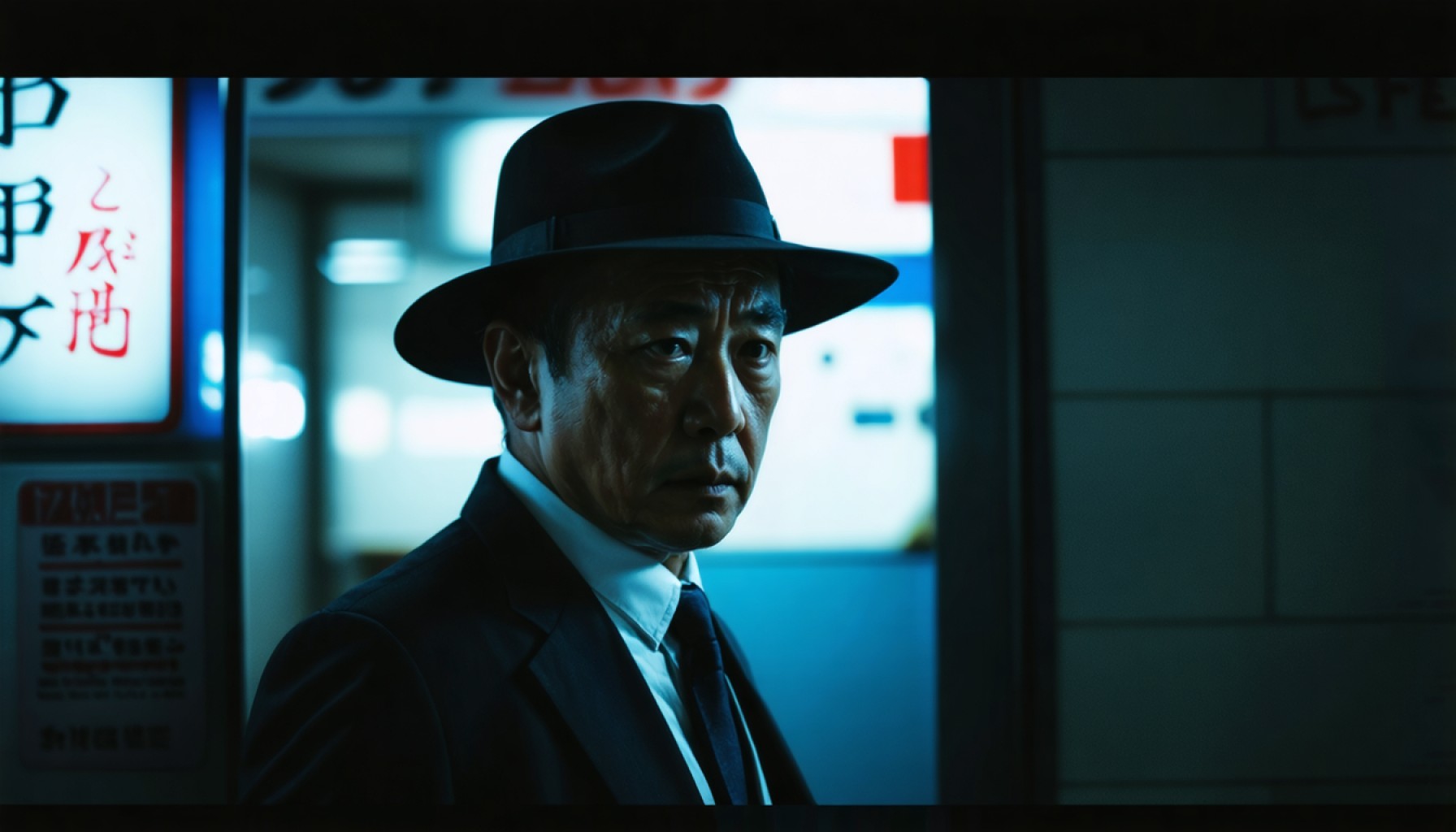- The memorial honored Kirishima, a former radical linked to the East Asia Anti-Japanese Armed Front, highlighting his mythical past and identity revelation before his death.
- Kirishima’s life as a radical in the 1970s converged with notions of exile, solitary struggles, and unfulfilled promises.
- Speakers, including Ugajin and Yukiko Ekida, reflected on the shared costs of their revolutionary actions—years lost to imprisonment and complex loyalties.
- The gathering underscored how history continues to exert influence, maintaining a hold through personal stories and enduring allegiances.
- The tribute serves as a poignant reminder of the persistent impact of past ideologies and the unending grasp of history on individual identity.
Dusty whispers of a turbulent era surfaced as mourners shuffled into a solemn Tokyo venue. The room, brimming with about 80 attendees, bore witness to a tribute for a figure who lived as much in myth as in reality—a former radical from the turbulent 1970s.
Among the echoes of history, tales emerged of a group that orchestrated notorious bombings: the East Asia Anti-Japanese Armed Front. One of their own, known as Kirishima, had lived long enough to transform into a spectral legend. Last year, a frail, 70-year-old man in Kanagawa Prefecture proclaimed his identity as Kirishima while battling terminal cancer. Four days later, he passed away, leaving unanswered questions as weighty as his unspoken truths.
In the quietude of memory, friends and comrades gathered for his memorial on the first of the month. The atmosphere thickened as eyes closed in a collective moment of silence. Among those speaking, Ugajin, a former member of Kirishima’s division, recalled the haunting roads not traveled: the unfulfilled promise to meet, the years of suffocating solitude. He lamented why Kirishima clung to familiar grounds amid his exile.
Comrade Yukiko Ekida reflected on their past, marked by arrests and imprisonments. She expressed thoughts on complicated loyalties and lost dreams of a defiant youth that cost years of their lives behind bars.
In this gathering of echoes, attendees realized that the past is a relentless companion, refusing to fade. Kirishima’s story, one of reclaimed identity and lingering regret, illuminated the tangled ties of allegiance and the price of ideology. The takeaway: history never entirely loosens its grip.
The Untold Legacy of 1970s Japanese Militancy: Lessons for Today
How-To Steps & Life Hacks
Understanding the complex histories of radical movements like the East Asia Anti-Japanese Armed Front can provide insights into addressing modern ideological extremism. Here’s how to navigate these topics effectively:
1. Start with Thorough Research: Utilize academic databases and primary sources for credibility. Look for books, academic journals, and verified articles covering Japanese militant history.
2. Engage with Diverse Perspectives: Learn from historians, sociologists, and former members or associates, similar to how attendees at Kirishima’s memorial gathered insights from former comrades and peers.
3. Use Critical Thinking: Analyze the motives and outcomes of radical actions such as bombings and plots, understanding their impact on society and future policies.
4. Apply Historical Lessons to Today: Consider how past movements inform current social and political challenges. Draw parallels with modern-day extremism and develop preventative strategies.
Real-World Use Cases
– Academic Research: Scholars studying radical ideology can use the East Asia Anti-Japanese Armed Front as a case study to analyze the socio-political climate of 1970s Japan.
– Policy Formulation: Government agencies can examine these historical events to shape counter-terrorism strategies and improve social integration.
– Public Awareness Campaigns: Educational programs can leverage such historical events to promote peace and understanding among youth.
Market Forecasts & Industry Trends
The study of radical groups and their historical contexts may see increased interest in academic sectors. Publishing houses and media organizations could develop documentaries or books, catering to a renewed academic and public curiosity about revolutionary movements.
Controversies & Limitations
– Moral Ambiguity: Exploring the motives behind radical actions often leads to moral complexities, as seen in the case of Kirishima. This can challenge simplistic narratives of good versus evil.
– Historical Bias: Accounts of such incidents can be affected by retrospective bias, potentially glorifying or demonizing figures without acknowledging the broader historical context.
Features, Specs & Pricing
For historians and educators, resources about historical radical movements range from free academic articles to specialized books priced from $20 onwards.
Security & Sustainability
Understanding historical radicalism is crucial for developing sustainable peace and security frameworks. This requires interdisciplinary collaboration between historians, policymakers, and sociologists.
Insights & Predictions
– Increased Academic Inquiry: Expect more scholarly works exploring untold stories of radical movements, driven by a global interest in understanding past ideological conflicts.
– Documentary Productions: Media companies may explore dramatized retellings of events such as those involving the East Asia Anti-Japanese Armed Front, given the public’s fascination with real-life mystery and intrigue.
Tutorials & Compatibility
Engage with this content through interactive online platforms that offer virtual tours of historical archives or webinars discussing sociopolitical upheavals:
– Platforms like Coursera and Khan Academy may offer courses that delve into 20th-century revolutionary movements.
– Museums and Archives, such as the Tokyo National Museum, can provide virtual exhibits leading viewers through Japan’s tumultuous historical eras.
Pros & Cons Overview
Pros:
– Enhances historical understanding and cultural awareness.
– Provides lessons on the socio-political impacts of radicalism.
Cons:
– Risks of glorification or misrepresentation.
– Potential emotional distress when exploring violent pasts.
Actionable Recommendations
1. Engage with Diverse Content: Read not only academic literature but also personal memoirs and biographies from various perspectives involved in or affected by radical movements.
2. Attend Related Lectures and Seminars: Look for events hosted by universities or cultural organizations to gain firsthand insights from experts.
3. Participate in Discussions: Join forums or social media groups dedicated to historical analysis to share perspectives and learn from others.
For more insights into Japan’s complex history, visit the Japan Guide.
